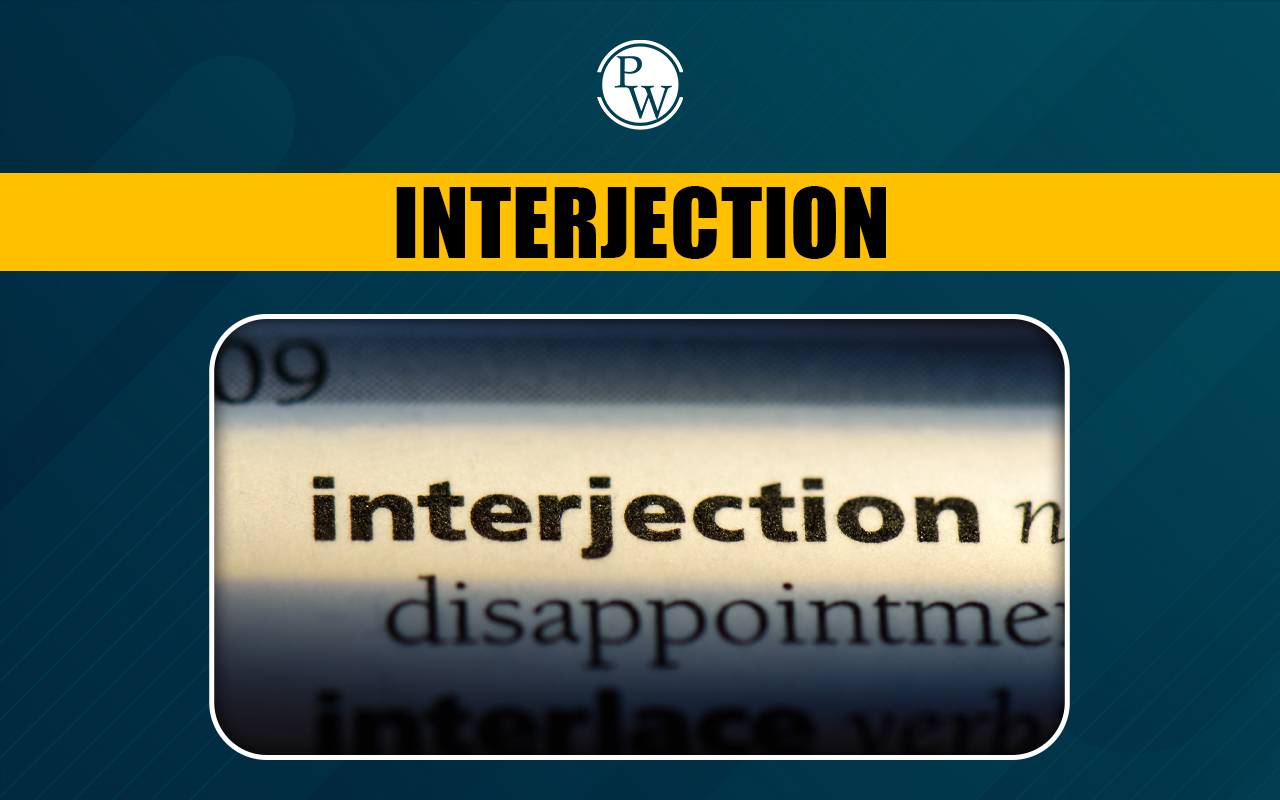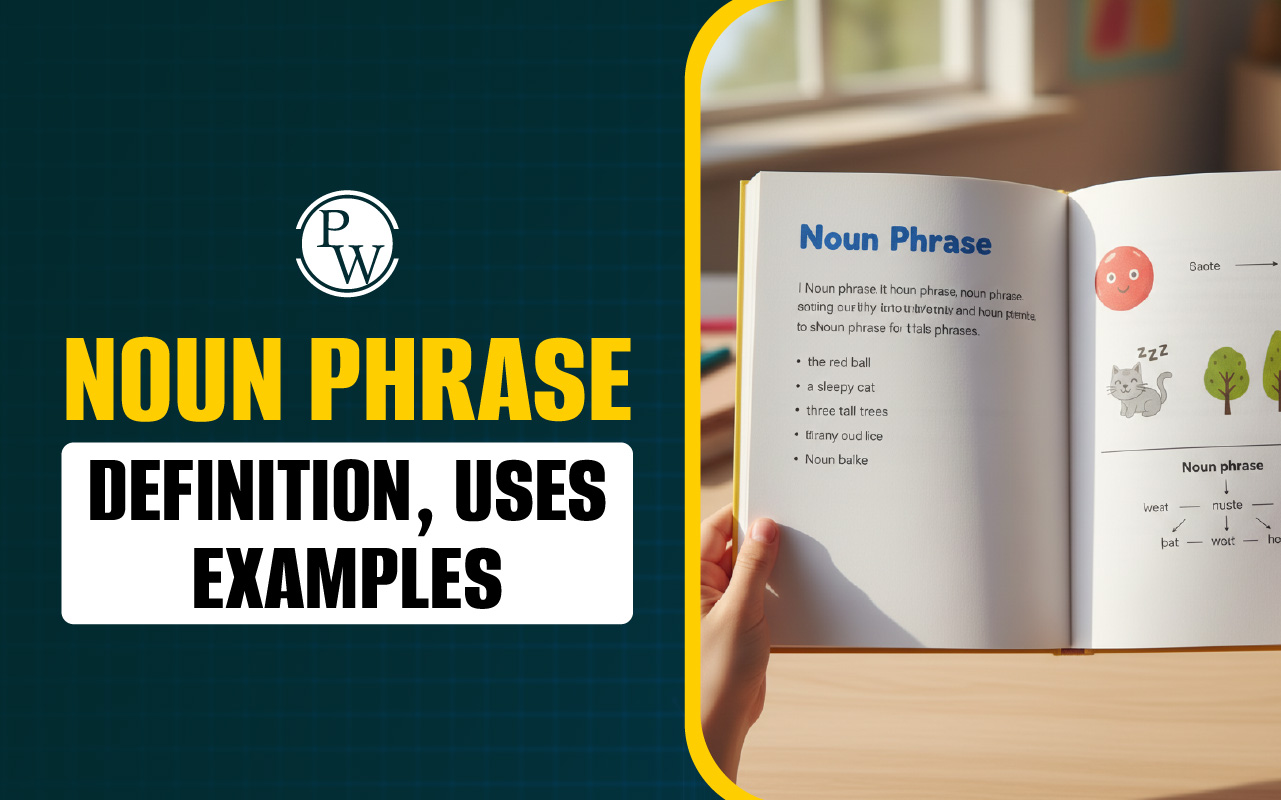
Integers are one of the foundational number concepts used in mathematical calculations. Whenever we count something, calculate gains and losses, or measure temperature, distance or time, we handle integers frequently, even in our minds.
If you think about positive numbers and their opposites, you are already dealing with integers. This article will discuss what integers are, with solved examples, to understand the concept and significance of integers better
Read More: What is Factorization Formula? with Examples
What Is an Integer?
The definition of integers in math states that it is a set of all positive and negative numbers, along with zero. Fractions and decimals are not integers. So, integers include all the natural numbers (1, 2, 3, ...), their negatives (-1, -2, -3, ...), and also the number zero (0).
Representation of Integer Set
The symbol Z represents the set of integers, and it is written as:
Z = {..., -3, -2, -1, 0, 1, 2, 3, ...}
Ther set of integers extends infinitely in positive and negative directions with zero at the middle point.
What are Whole Numbers and Integer Numbers?
As per the definition of whole numbers, they include all positive numbers plus zero. Integer numbers are all positive and negative numbers and also include zero. As the table below mentions, let’s look at the primary differences between whole numbers and integers.
|
Difference Between Whole Numbers and Integers |
|
|
Whole Numbers |
Integer Numbers |
|
Whole numbers are 0, 1, 2, 3, 4, 5 … |
Natural numbers are- …-3, -2, -1, 0, 1, 2, 3, … |
|
The minimum whole number is 0 |
The minimum integer is infinite in negative direction |
|
All positive integers and zero are whole numbers |
All positive counting numbers and their negatives |
Types of Integers
Integers can be broadly classified into three main types based on their values. Let’s understand each type:
Positive Integers
These are numbers greater than zero. They are represented without a negative sign.
Examples: 1, 4, 13, 99, 1010, etc.
Negative Integers
These are numbers less than zero and are represented with a negative sign.
Examples: -2 -15, -137, -2000, etc.
Zero (0)
Zero is a unique integer number which lies between positive and negative integers. It serves as a reference to determine how large or lesser the positive and negative integers are.
Read More: Imperial system - Units, Chart and Examples
Operations on Integers
The operations like addition, subtraction, multiplication and division involving integers follow certain rules as explained below with integer number examples:
Addition
-
Two positive integers add up to make a positive integer. For example, 4 + 5 = 9
-
Addition of two negative integers results in a negative integer. For example (-6) + (-8) = -14
-
When integers of opposite signs are added, the absolute values are subtracted, and the sign of the result depends on which integer is greater. For Example: -12 + 7 = - 5
Subtraction
-
Subtraction of two positive integers involves simple subtraction. For example, 10 – 4 = 6
-
Subtraction involving two integers of the opposite sign means converting the second number to the opposite sign and then adding with the first number. For example, 16 - (-14) = 16 + 14 = 30
Multiplication and Division
-
When two positive integers are multiplied or divided, the result is a positive integer. For example, 9 x 3 = 27 and 9 ÷ 3 = 3
-
When two negative integers are multiplied or divided, the result is positive. For example, -9 x -3 = 27 and -9 ÷ 3 = -3
-
When one positive and one negative integer is multiplied or divided, the result is always negative. For example, -9 x 3 =-24, and -9 ÷ 3 = -3
Important Properties of Integers
After getting an idea of integer meaning, it is necessary to understand the properties of integer numbers, which help in quick and accurate mathematical calculations. We will explain these properties in detail with the integer examples.
Closure Property of Integers
According to this property, we always get an integer when we add, subtract, or multiply two integers.
For example,
-
9 + 8 = 17
-
4 – 10 = - 6
-
(-5) × 24 = -120
Here, the values obtained after addition, subtraction, or multiplication of integers are always integers.
However, dividing two integers may not always give an integer value.
For example, 15 ÷ 2 = 7.5 (Not an integer)
Commutative Property of Integers
According to this property, when two integers are added or multiplied, the addition or multiplication can be done in any order, and the sum or product will always be the same.
If a and b are two integer numbers, then we can say,
a + b = b + a and a x b = b x a.
For example, for two integers, 24 and 38, we get:
24 + 38 = 38 + 24 = 62
The sum is the same in both cases, although the order changes.
Similarly, for two integers, 16 and -10, we get
16 x (-10) = (-10) x 16 = -160
The product is identical in both cases, even if the order changes.
Associative Property of Integers
According to this property, the addition or multiplication of three integers can be grouped in any order, and the result will be the same.
It means that if a, b, and c are three integers, then we can say a + (b + c) = (a + b) + c and (a x b) x c = a x (b x c)
For example, let’s add three integers: 6, -11, and 15.
Option 1: 6 + (-11 + 15) = 6 + 4 = 10
Option 2: {6 + (-11)} + 15 = (6-11) + 15 = (-5) + 15 = 15 -5 =10
So, the sum remains the same even after changing the grouping.
Again, multiply three integers: 5, 8, and -6.
Option 1: (5 x 8) x (-6) = 40 x (-6) = -240
Option 2: 5 x {8 x (-6)} = 5 x (-48) = -240
So, no matter how the numbers are arranged, the product will always be the same.
Distributive Property of Integers
This property of integers states that the multiplication of an integer is distributed over the sum of the other two integers.
It means that if x, y, and z are three integers, then the sum of y and z multiplied by x is equal to y and z is multiplied by x separately and then added.
In other words, x (y + z) = x.y + x.z
Let’s take an example.
There are three integers: 3, 5, and 7.
Now, we calculate 3 x (5 + 7) = 3 x 12 = 36
Again, 3 x 5 + 3 x 7 = 15 +21 = 36
Therefore, we can say: 3 x (5 + 7) = 3 x 5 + 3 x 7
Read More: Improper Fractions - Definition, Conversions, Examples
Integers on Number Line
According to the definition of integers in math, we can easily represent integer numbers on a number line. It starts from zero and increases at an equal distance from both sides of the zero in opposite directions. A number line is a very helpful tool to represent and visualize integers.
On a number line, numbers to the right of zero are positive and gradually increase as we move from left to right.
Again, as we move towards the left from zero, the numbers are negative and gradually decrease in value. This number line helps students understand the value of integers relative to one another.
Integer Solved Examples
1. Multiply 8, -2, and -5
Solution:
8 x (-2) x (-5)
= (8 x -2) x (-5)
= (-16) x (-5)
= 80
2. In an exam, 2 marks are given for each correct answer, 2 marks are deducted for each wrong answer, and zero marks for questions not attempted.
Neha answered 14 questions correctly; 3 answers were wrong, and she did not attempt to answer 3 questions. What will be her score?
Solution:
For 14 correct answers, marks obtained: 14 x 2 = 28
For 3 wrong answers, marks deducted: 3 x 2 = 6
For unattempted questions, marks obtained 0
So, total marks obtained = 28 – 6 + 0 = 22
Ans. Neha scored 22 marks.
Understanding integers is essential for clarifying number concepts in mathematics and apply in problem-solving and everyday calculations.
The meaning and definition of integers are simple, and their applications are vast. By knowing integers' types, properties, and operations, students can build a solid mathematical foundation with clarity of concepts.
Also read: Division of Fractions
Overcome Math Anxiety of Your Child with CuriousJr Maths Online Classes
It’s common for many children to get confused with math concepts and underperform in exams, especially due to a lack of speed and accuracy in calculations. Curious Junior’s Maths online classes is designed to turn those struggles into strengths by teaching smart calculation techniques
Here are few othet benefits of joining Curious Junior Maths online classes:
-
Students can master over 50+ exciting short tricks to solve problems quickly and accurately with fun.
-
The course uses structured assessment to identify each student’s learning gaps and devise personalized improvement strategies.
-
Interactive and visual learning methods and puzzle-based exercises make complex problems easy and enjoyable.
-
Dedicated mentors are available for teaching and doubt-clearing, providing students with customized support throughout the learning journey.
This course is ideal for students from classes 3 to 8 to help them learn innovative calculation techniques and excel in math exams. Book a demo today and see how our Math classes can boost your child’s confidence, focus, and passion for mathematics.
Integer FAQs
Are all natural numbers integers?
What is the additive inverse of an integer?
What happens when zero is added to an integer?
What are the uses of negative integers in real life?










